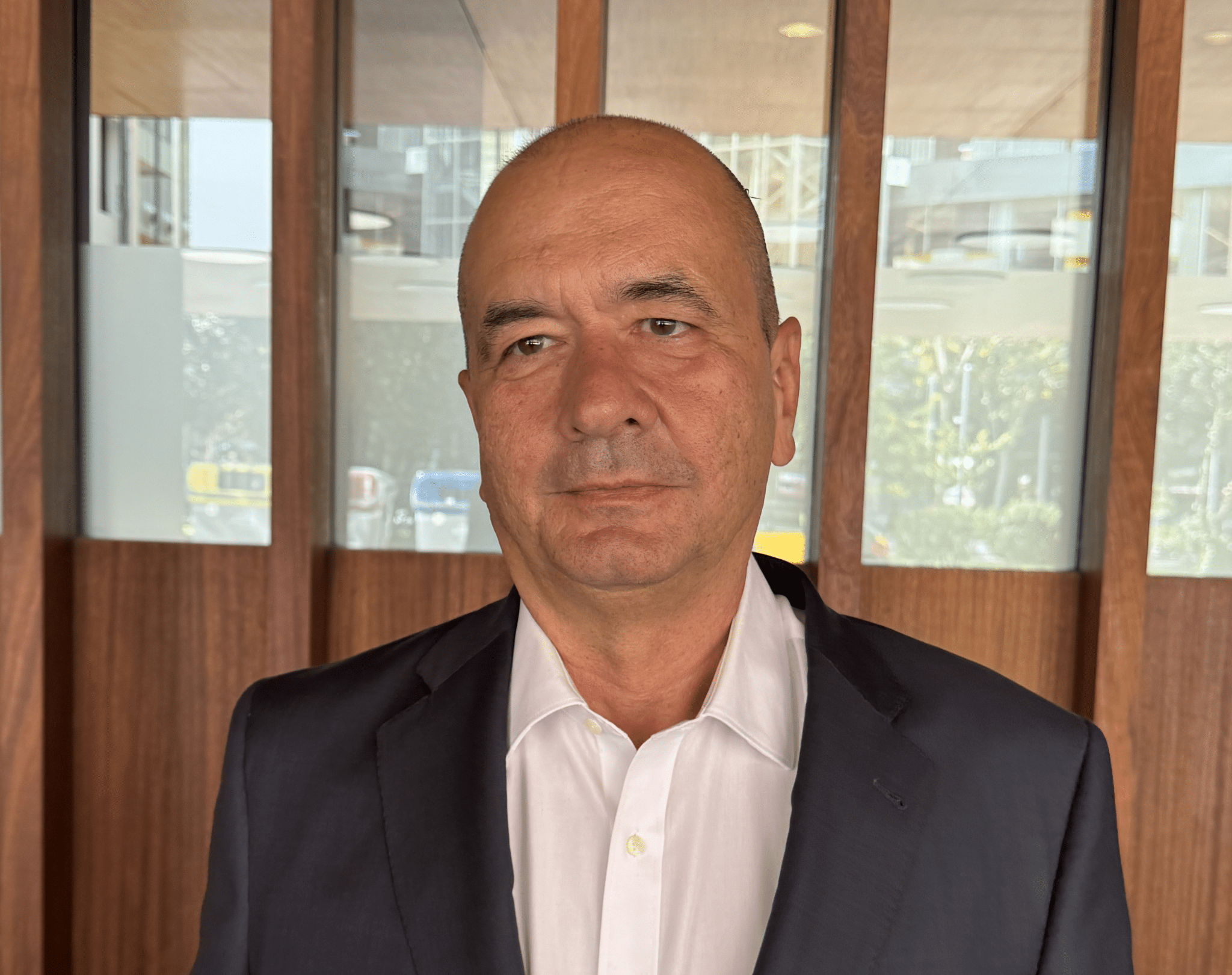AleaSoft Energy Forecasting, October 31, 2025. Interview by Milena Giorgi, from Strategic Energy Europe, with Antonio Delgado Rigal, PhD in Artificial Intelligence, founder and CEO of AleaSoft Energy Forecasting.
Low prices are putting pressure on the sector’s profitability. How long can the renewable market withstand this situation and what are the possible ways out?
The sector can endure for a limited time, around two to three years, provided it maintains access to competitive financing, optimises costs, and invests in hybrid projects with energy storage systems to diversify income sources through revenue stacking (arbitrage, balancing services, capacity, etc.).
The risk of zero or negative prices was underestimated in a system with high solar penetration and network limitations. Signs of their persistence are clear: increasing curtailments and midday saturation. To mitigate this, more hybrid projects with storage will emerge. In addition, there is a need to boost the capacity mechanism, new international interconnections, and greater demand-side response. The market will move towards a new equilibrium in which flexibility becomes the main determinant of profitability.
What signals mark the end of the “solar at any price” era, and what business models will survive this new stage?
The symptoms are the sustained decline in captured photovoltaic prices, node saturation, and rising connection costs. Even so, the installation pace does not seem to be slowing. The new phase should be more selective. Successful business models will combine PPAs with minimum guaranteed prices (floors), well-managed partial merchant exposure, and hybrid projects that optimise hourly profiles.
Moderate overbuilding strategies, repowering, and co-location of renewable assets with batteries will be essential to sustain margins and stabilise revenues.
In parallel, Spain is moving towards nuclear phase-out. What consequences could this have if storage deployment does not accelerate?
It could pose a risk of losing firm capacity if storage deployment does not progress fast enough. Failure to deliver on time would result in greater volatility, import dependency, and potential price spikes during low renewable generation hours. This can be avoided by promoting hybridisation of wind, solar, and storage to achieve flatter profiles; deploying storage with durations of 4–8 hours in critical nodes; and incentivising flexible demand – especially in industry and electric mobility – to shift consumption and participate in balancing services. Only through such coordination can supply security and price stability be maintained.
What structural transformations does the grid need to become a true enabler of renewable growth?
The absolute priority must be to modernise and strengthen transmission and distribution networks. It is essential to incorporate Dynamic Line Rating, grid-forming control, and accelerate implementation of the new 2025–2030 Network Plan.
The new access tenders represent an opportunity to optimise network use, prioritising hybrid, firm, and mature projects. However, regulatory risks remain high: lack of transparency in criteria, uncertain timelines, and potential retroactive revisions. A stable and predictable framework will be key to attracting investment.
Regarding flexibility, what mechanism is missing and what impact would its implementation have?
The major missing piece remains the capacity mechanism. Its approval would allow proper remuneration for technologies providing firmness and stability, from batteries to flexible demand. Its impact would be immediate: greater bankability for storage projects, reduced extreme volatility, and a more predictable long-term investment environment.
Could excess renewable capacity discourage new investments?
The risk exists and is already evident in certain nodes with structural congestion. Excess capacity without sufficient grid or storage support could lead to persistent curtailments, undermining the appeal of new projects. The key will be directing investment to areas with real evacuation capacity and prioritising hybrid or storage-backed projects.
What current mistakes could undermine system efficiency in the coming years?
Delaying the rollout of the capacity market and demand-side flexibility services is a serious regulatory error. Equally problematic is promoting plants without storage or ramp-rate control capabilities. From a communication standpoint, creating unrealistic expectations regarding connection timelines or regulatory stability is also harmful. If uncorrected, within five years we will see a more strained grid and a less efficient market than it could have been.
What political decisions could consolidate Spain’s position as a renewable leader in Europe?
First, approve and implement the capacity mechanism and demand-side flexibility market with stable and predictable rules. Second, execute the 2025–2030 Network Plan without delays, ensuring transparency and prioritising hybrid and firm projects. Finally, implement measures to achieve the 22.5 GW storage target by 2030 through auctions or framework contracts that ensure long-term certainty. With these three decisions, Spain could become the most competitive, stable, and attractive renewable market in Europe.

